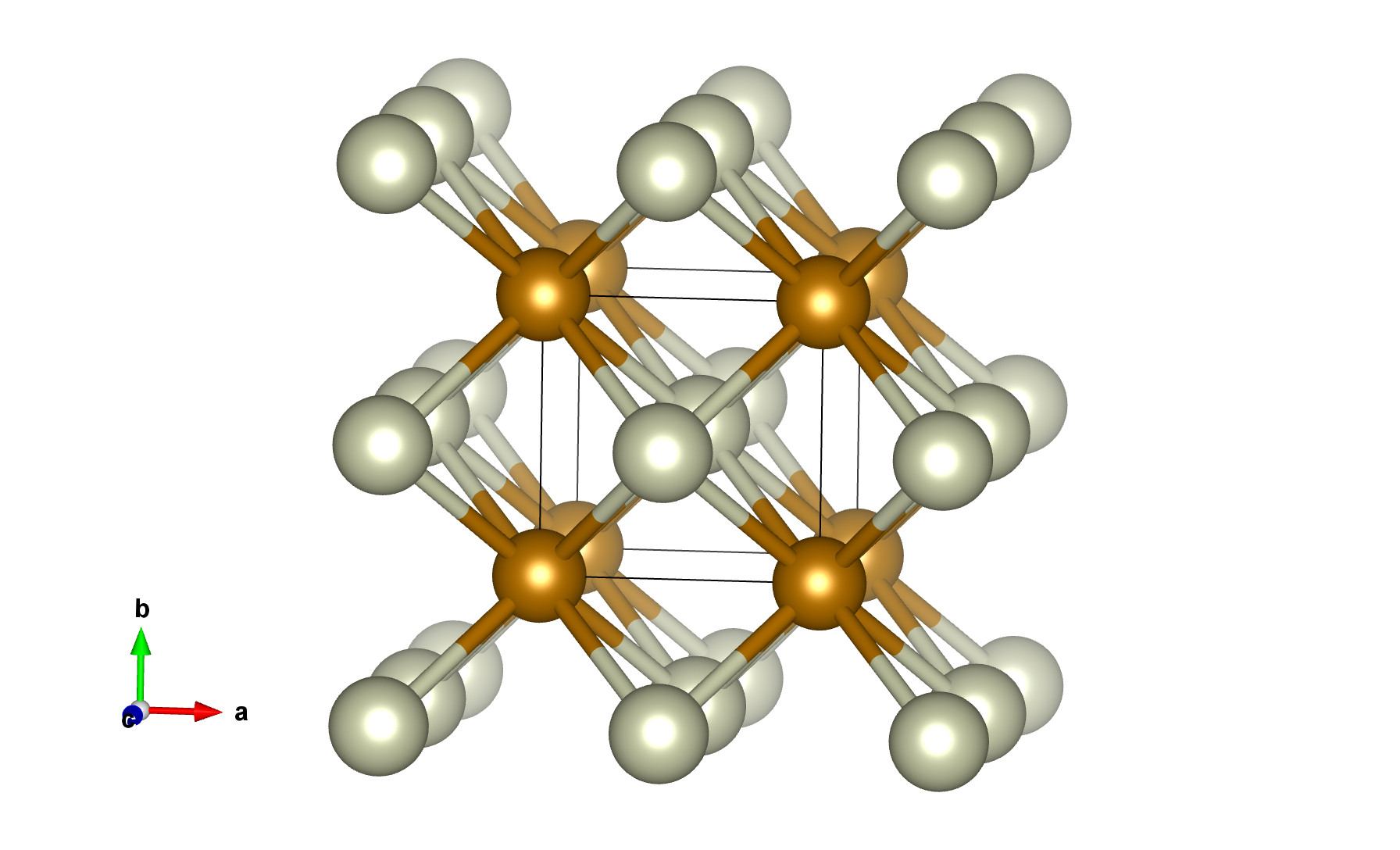List of proposed subjects for TFE/Master’s theses
- Thermal transport in disordered systems
The transport of heat in well ordered crystals is a well established field, with several different formalisms which can be used (Boltzmann, Kubo…). In disordered solids the vibrational modes which transport heat are progressively blocked and scattered as disorder increases, but this does not continue indefinitely. Some long wavelength and low frequency modes will always survive and transmit sound and heat. The purpose of this TFE is to examine how disorder will affect heat transport in the champion thermoelectrical material PbTe. You will implement a fast computer code to calculate the forces and energy using existing model interatomic potentials for PbTe, and exploit the Temperature Dependent Effective Potential (TDEP) method to extract vibrational frequencies and thermal conductivities. From the normal modes of a large supercell of PbTe with increasing disorder you will investigate how localization sets in for certain modes, and the separation between propagating and localized modes introduced by PB Allen. - Magnetic phase transitions and dynamics in iron-rhodium (FeRh)
FeRh undergoes a rare antiferromagnetic to ferromagnetic first order phase transition upon heating, making it a potential candidate for magnetic memory, switches, and other spintronics devices. Normal transitions in temperature introduce disorder and remove all macroscopic magnetization at the Curie temperature. In FeRh (shown below) the interplay between volume, thermal and magnetic effects is more subtle with the origin of the phase transition still debated in the literature. The induced magnetic moment in Rh due to its proximity with Fe plays a central role. In this TFE you will investigate the electronic and magnetic states of FeRh, and the relation between structural and magnetic degrees of freedom. From the magnetic coupling between neighboring Fe you will construct a Heisenberg model, and use Monte Carlo and Spin Dynamics methods to calculate the thermodynamic evolution of M(T) and the susceptibility. For the high T phase you will introduce additional couplings with the induced Rh moments, leading to a complete magnetic model describing the dynamics at all temperatures.
